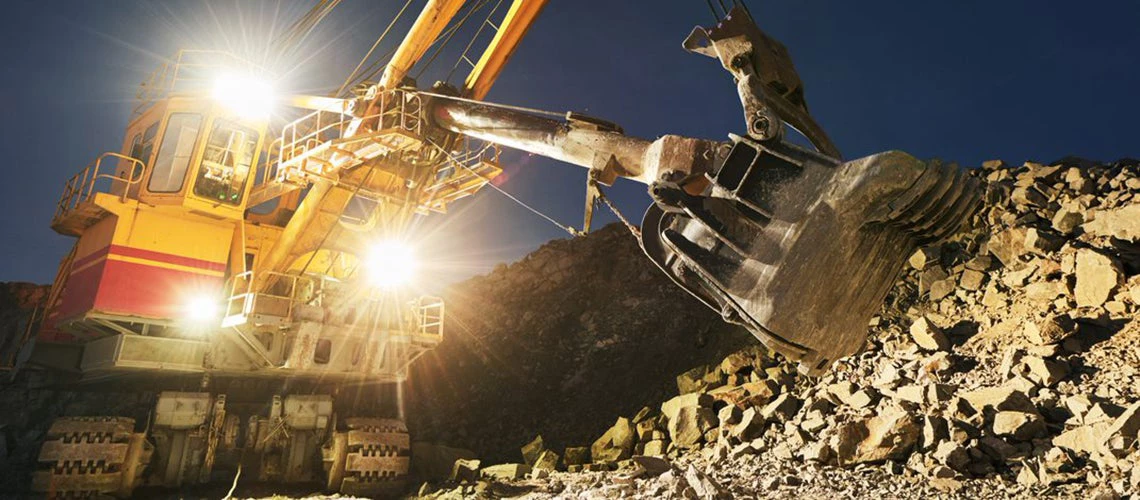 Photo Credit: Shutterstock
Photo Credit: Shutterstock
Rising debt and record-high commodity prices are tempting many developing countries to pledge their natural resources to secure the financing they so urgently need. They should tread carefully: a renewed embrace of resource-backed loans could backfire on them.
Take South Sudan for example. That country is already paying the price of a poorly designed oil-backed loan it took on when its production capacity was still strong. Chad is struggling to restructure its debt—because the commercial lenders behind its oil-backed loans have little incentive to cut the government any slack. Zimbabwe recently entered into discussions with a commodity trader to hand over revenues from its lucrative gold and nickel mines to pay off its debts to the company.
Resource-backed loans involve large government borrowing—usually for infrastructure—that are collateralized by future income streams from their natural-resource wealth. Such loans are often opaque: little is disclosed about their contractual terms, which means public accountability can be hard to ensure. Such loans are not new—they go back at least a century. But they became widely used across resource-rich developing countries during the commodity boom of the early 2000s. In sub-Saharan Africa, for example, such loans represented nearly 10 percent of total new borrowing between 2004 and 2018.
Murky Deals and Little Transparency
Such loans aren’t inherently a bad thing: under specific circumstances, they can be beneficial to poor countries with a wealth of natural resources. But they require a careful cost-risk and debt sustainability analysis—and transparency about their contractual terms. That seldom occurs. As a result, resource-backed loans have been more likely to exacerbate debt vulnerabilities than to ease them.
We recently analyzed a sample of 30 resource-backed loans extended to central governments and state-owned-enterprises in sub-Saharan Africa from 2004 to 2018—totaling $46.5 billion , or nearly a tenth of the continent’s new borrowing during this period. Despite the size of the loans, little information was available on their terms.
There are several reasons for this. First, countries that rely on such borrowing methods usually have weaker debt-reporting practices. Second, such loans are often contracted by state-owned enterprises or special-purpose vehicles that either do not publish audited financial statements or do not provide the data to the national debt office. Third, contracts often include stringent confidentiality clauses.
Resource-backed loans are not necessarily cheaper than unsecured loans. Chad, for example, restructured its loan with Glencore in 2015 , but was still paying an all-in-cost of over 8 percent on its fully collateralized loan, before restructuring it again in 2018. The reasons for this are suggestive of payday loans. First, the borrower taking on a resource-backed loan usually has limited market access or limited funding sources. Second, given the complexity of these transactions, borrowers may not fully understand the implications of contract terms when negotiating them. These risks are compounded by the lack of transparency and government accountability.
The Situation is Improving, But More is Needed
At least in the area of transparency, the situation is improving. Finance ministries in developing countries are increasingly improving their public debt reporting. Governments have begun to disclose key terms and payment flows associated with such transactions through the Extractive Industries Transparency Initiative. Civil society organizations are scrutinizing these transactions more closely and demanding that governments be more transparent about these deals. The World Bank, meanwhile, is working to include debt-collateralization details in our Debtor Reporting System (DRS) database.
As a result, we are learning more about these deals—but not yet enough to defuse the danger. It’s imperative that the details of these loans be made public. Some governments have begun to take important steps in that direction. The Democratic Republic of Congo, for example, has published contracts involving resource-backed loans between its state-owned mining companies and a consortium of Chinese companies and with a large commodity trader. To encourage more progress, countries should put in place legal requirements for disclosure of loan contracts.
For now, however, developing economies with rising financing needs should remain wary of resource-backed loans. In a time of exceptional economic uncertainty, they should seek the lowest-cost, lowest-risk sources of financing —instead of mortgaging their futures to commodity brokers.




Join the Conversation